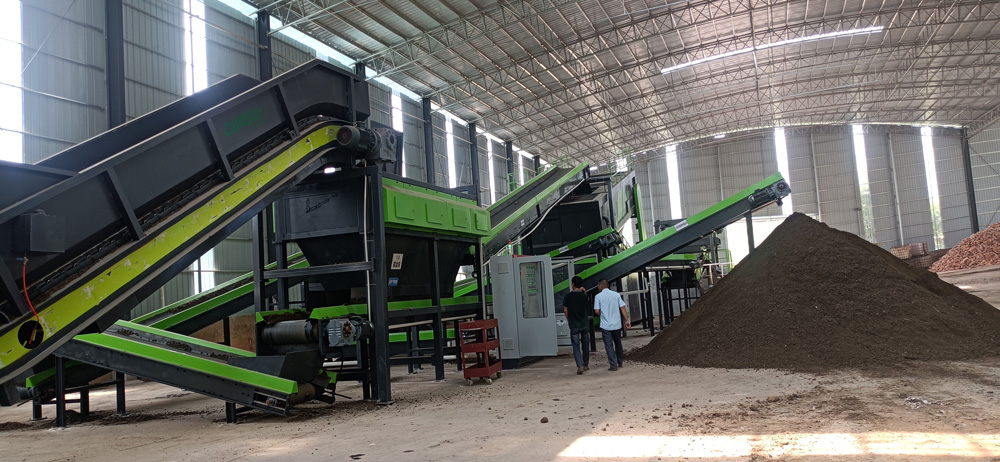 Time:2025-03-20
Time:2025-03-20
 Source:青绿环境
Source:青绿环境
In this era when waste sorting has become a trend, the comprehensive application of waste sorting equipment has attracted widespread attention. However, looking at the current situation, there is still a long way to go before its full application can be realized.

At present, waste sorting equipment has been put into use in some areas and has achieved certain results. Some advanced intelligent sorting equipment can accurately classify different types of waste through a variety of technical means such as infrared scanning, magnetic separation, and air separation, significantly improving sorting efficiency and accuracy. For example, some large waste treatment plants use automated sorting lines to process thousands of tons of waste every day, effectively reducing the burden of manual sorting.
However, there are many challenges to comprehensive application. First, cost is a major obstacle. The research, production, and installation of advanced waste sorting equipment require a huge financial investment, which is difficult for some economically underdeveloped areas or small waste treatment facilities to bear. Moreover, the maintenance and operation costs of the equipment are also high, including regular inspections, replacement of parts, and the operating costs of professional technicians, which makes many places hesitant.
The limitations of technology cannot be ignored either. Although existing technologies are constantly improving, there are still some issues. For example, the sorting effect may not be ideal for waste with complex components and irregular shapes; the stability and durability of some equipment in harsh environments need to be improved. In addition, the composition of waste varies greatly in different regions, and one type of equipment is difficult to apply to all situations, requiring targeted research and adjustment.
Furthermore, the lack of public awareness and cooperation is a problem. Even with advanced sorting equipment, if people cannot properly dispose of waste, it will still affect the sorting efficiency of the equipment. At present, some residents still have an insufficient understanding of waste sorting and lack good sorting habits, leading to the frequent occurrence of mixed waste disposal.
Although waste sorting equipment has made significant progress in technology, to achieve comprehensive application, it is necessary to overcome problems in multiple aspects such as cost, technology, and public awareness. This requires the joint efforts of the government, enterprises, and all sectors of society to gradually promote the popularization of waste sorting equipment, truly implement waste sorting, and make greater contributions to environmental protection and resource recycling.













 Prev
Prev











